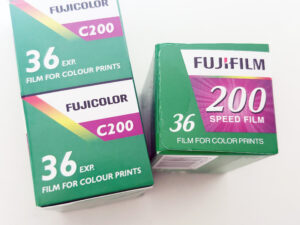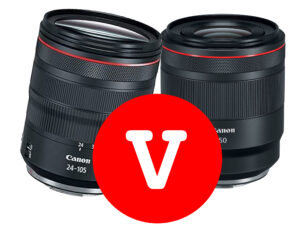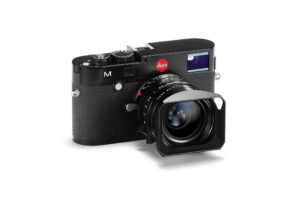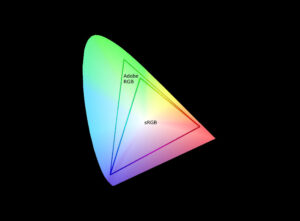The Rolex GMT-Master II is an iconic member of the Rolex Professional Watch Collection, celebrated for its functionality, precision, and connection to the world of aviation. Originally designed in collaboration with Pan American Airways in 1954, this watch was intended for use by pilots and navigators on long-haul flights. The “GMT” in its name stands for Greenwich Mean Time, a time standard critical to global aviation, though it has since been replaced by Coordinated Universal Time (UTC).
The Origins: A Watch for Pilots
The GMT-Master was conceived as a functional tool for pilots and crew members who needed to track multiple time zones simultaneously. The original design featured a 24-hour display with a fourth hand, known as the GMT hand, which was linked to the standard 12-hour hand. This allowed the wearer to set the GMT hand to a reference time (such as GMT) and use the rotatable 24-hour bezel to read a second time zone. This feature was essential for aviation professionals, as GMT/UTC is the standard time zone for all aviation-related activities, including flight planning, weather forecasts, and schedules.

Evolution into the GMT-Master II
In the early 1980s, Rolex introduced the GMT-Master II, which featured an upgraded movement allowing for an independently adjustable quickset hour hand. This innovation enabled the wearer to adjust the local time without stopping the seconds hand or disturbing the minute and 24-hour GMT hands. The GMT-Master II retained the rotatable bezel, allowing for easy computation of a third time zone—an essential feature for frequent travelers.

“When you settle on a design that is successful, you want to keep it.”
Captain Wand is sitting in the cockpit of a British Airways Concorde. Yet he is not talking about the aircraft. Instead, he is comparing his Rolex GMT-Master with that belonging to another pilot: Brian Trubshaw, Chief Test Pilot for the entire development programme for Concorde. Twenty-five years separate the two watches. Yet, although the differences between them may appear minimal to the untutored eye, the mechanical movement within has undergone a process of continuous improvement. Just walking out to Concorde is enough to set even the most hardened pilot’s pulse racing. “It’s mindblowing,” says Captain Wand. “I don’t think any of us ever become complacent enough to think we’ve had enough of it.” Brian Trubshaw agrees: “Everyone who has flown any part of the Concorde programme shares the same feeling. There’s a tremendous pride and spirit.” Concorde and Rolex. Each bears testimony to the theory that if something looks right, it works right.
The text from the Rolex GMT Concorde Ad.
The GMT-Master II also expanded beyond its original stainless steel construction, with Rolex offering luxury versions in mixed steel and gold, as well as all-gold models. Over time, exotic variations with precious stones were also introduced, catering to collectors who sought both functionality and opulence.
The 50th Anniversary Edition and Technical Advancements
To mark the 50th anniversary of the GMT-Master, Rolex released an updated GMT-Master II in 2005. This model included several technical advancements, such as the patented Parachrom hairspring and a larger Triplock crown (borrowed from Rolex’s diver’s watches). The case, hands, and hour markers were also enlarged for better visibility, and the new bezel was made from an extremely hard ceramic material, making it more scratch- and fade-resistant. The bracelet received a luxurious upgrade with heavier solid links and a machined clasp, further enhancing the watch’s durability and comfort.
The Introduction of the Ceramic Bezel
In 2007, Rolex revolutionized the GMT-Master II by introducing a ceramic bezel insert, replacing the aluminum insert that had been used since 1959. While ceramic is significantly more scratch-resistant, it initially presented challenges in producing the classic two-color bezel, especially the red hue used in the iconic “Pepsi” bezel.
In 2013, Rolex successfully produced the first two-tone ceramic bezel in blue and black, earning the GMT-Master II the nickname “Batman.” The bezel was crafted from Cerachrom, Rolex’s patented version of ceramic, and the two-tone effect was achieved through a unique process that allowed two colors to be created from a single piece of ceramic.
The Return of the “Pepsi” and New Variants
In 2014, Rolex reintroduced the red-and-blue “Pepsi” bezel, initially available only on a white gold GMT-Master II, making it a highly exclusive model. However, in 2018, Rolex released the “Pepsi” in a stainless steel version with a Jubilee bracelet, making this classic design more accessible to collectors. Alongside this release, Rolex introduced new models featuring a two-tone brown and black bezel, nicknamed “Root Beer,” available in both Everose gold and a combination of steel and Everose gold.
These 2018 models were equipped with the new Caliber 3285 movement, which offered a 70-hour power reserve and included Rolex’s Paraflex shock absorber, enhancing the watch’s resilience.

Continued Evolution and Modern Updates
In 2019, Rolex updated the “Batman” GMT-Master II with the Caliber 3285 movement and a Jubilee bracelet, replacing the previous model’s Oyster bracelet. This marked a significant shift in the watch’s design, blending the traditional aesthetics of the GMT-Master II with modern advancements.
In 2021, Rolex surprised fans by reintroducing the Oyster bracelet as an option for both the “Pepsi” and “Batman” models. This decision allowed collectors to choose between the sleek, modern look of the Jubilee bracelet and the more traditional, sportier Oyster bracelet.
Conclusion: A Watch for the World
The Rolex GMT-Master II has evolved from a functional tool for pilots into a global icon of luxury and precision. Whether it’s the original “Pepsi,” the stylish “Batman,” or the classic stainless steel models, the GMT-Master II remains a favourite among travellers and watch enthusiasts alike. Its blend of practicality, innovation, and timeless design ensures its place as a cornerstone of Rolex’s Professional Watch Collection.








































































